Digital disruptions: Fifty years after the quartz revolution, a new era is upon us
Advertisement
Obsessions
Digital disruptions: Fifty years after the quartz revolution, a new era is upon united states of america
In 1969, the offset quartz watches paved the fashion for digital timepieces. One-half a century later, a new kind of digital revolution is shaking upwardly the world of horology.
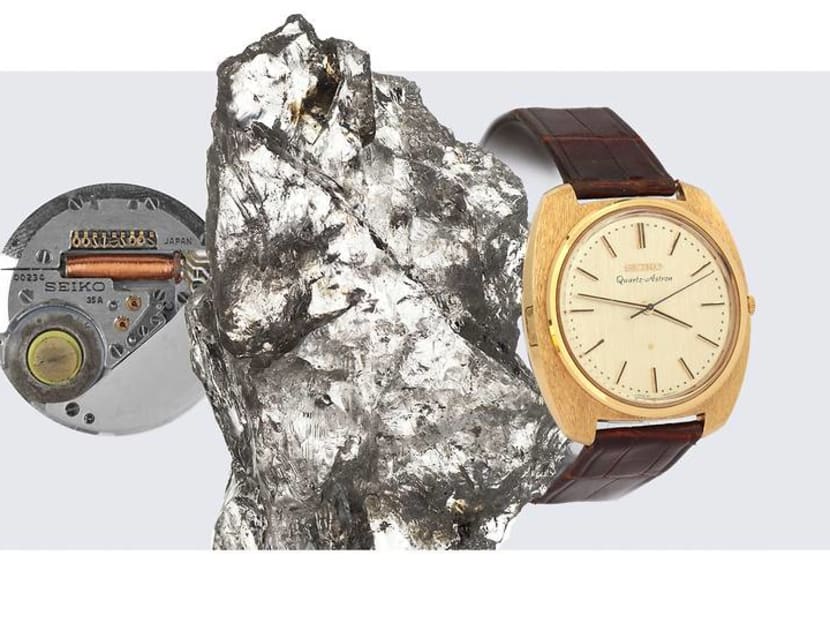
This twelvemonth marks the 50th anniversary of the first quartz watch, the Seiko Quartz-Astron. (Photos: Seiko, Unsplash)
24 Apr 2022 06:30AM (Updated: 04 Jul 2022 04:37PM)
Engineering has a funny way of upsetting the status quo. Take reading, for example: We used to literally burn the midnight oil to read when it got dark. Then came electric lightbulbs. Today, LEDs are the norm. And with each successive invention, how we consumed the written word changed completely. This was exactly what happened to the watch industry during the quartz revolution, which began in 1969.
50 years on, nosotros have a await at how digital technology changed the wristwatch for consumers back then, and how the new digital revolution is impacting watch consumers today.
THE QUARTZ CRYSTAL COMETH
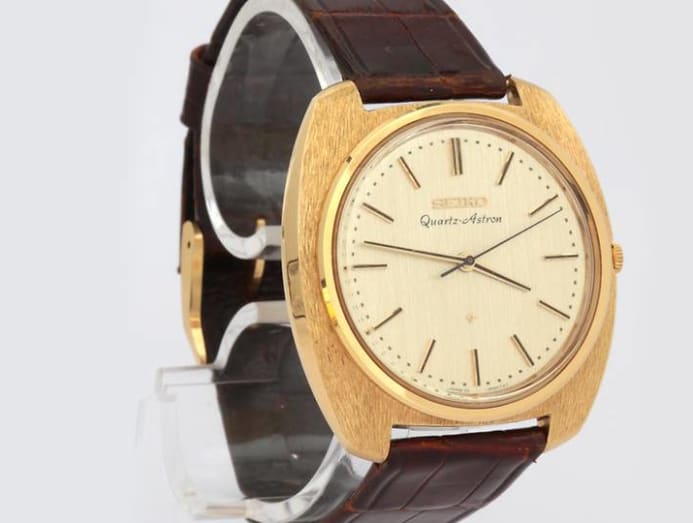
The year was 1969. On Dec 25, it was the Japanese watchmaker Seiko who brought forth the bane that was quartz upon the kingdom of mechanical watchmaking. The very starting time quartz wristwatch was known every bit the Seiko Quartz-Astron 35SQ. Contrary to what the quartz motion would keep to become (a cheap, mass produced ability source), the showtime quartz movement was priced at JPY 450,000. According to some sources, this was equivalent to the price of a medium-sized car dorsum then.
How did information technology evolve into the inexpensive quartz scout we know today? Throughout the 1970s, Seiko connected to develop their quartz technology, even doubling down on liquid crystal displays (LCD) for their watches. In 1973 they were the offset to produce a six-digit LCD display, and ii years later the commencement to offer a multi-function digital watch which essentially created a whole new market for highly functional watches powered by quartz movements.
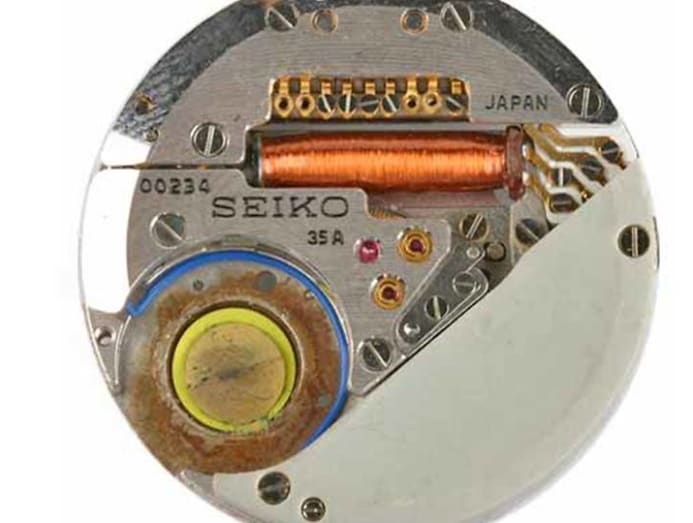
A 1985 Harvard Business organization Schoolhouse study on Seiko noted that past 1975, Seiko had invested in plants to make integrated circuits, batteries, and LCD panels. Employees were retrained to piece of work with the new technology. Seiko besides increased its investment in robots and equipment for high-volume, automatic production.
So where exactly were the Swiss in all of this? The same year Seiko launched the Astron, 20 Swiss maisons banded together to develop and unveil the Beta-21 quartz movement. Apparently, most six,000 of these quartz movements were made and used in watches like the Omega Electroquartz, IWC's Da Vinci and Patek Philippe Ref. 3587. But even with this, the Swiss hesitated to embrace quartz technology. At the time, their mechanical watches dominated earth markets and the fine art of traditional watchmaking was regarded as a large component of their national identity. Thus, where the globe saw a quartz revolution, the Swiss experienced a quartz crisis.
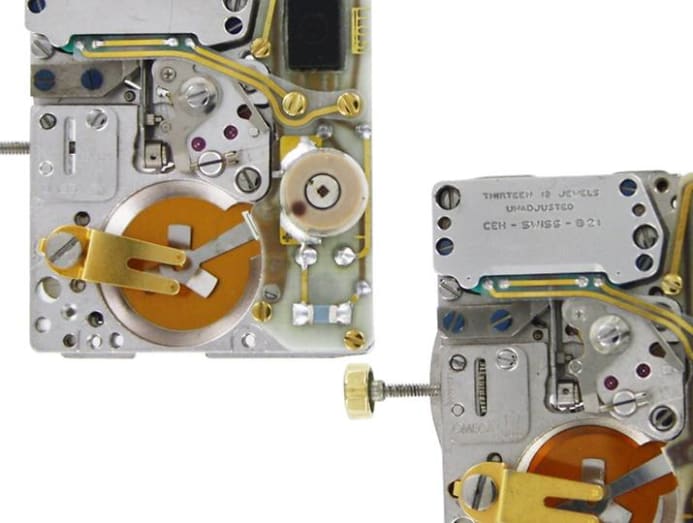
By 1983, the crisis reached a critical point. The Swiss sentry manufacture, which had had 1,600 watchmakers in 1970, had declined to 600. A consortium of Swiss banks had to band together to bond out SSIH (Tissot, Omega, etc) and ASUAG (Certina, Hamilton, Longines, etc), the ii biggest watchmaking firms in Switzerland at the time. It was then that businessman (and future Swatch Group founder) Nicolas Thou. Hayek (1928 – 2010) came up with the plan of merging nether a belongings visitor called SMH (Societe de Microelectronique et d'Horlogerie).
This allowed all the brands now nether SMH to consolidate movement production under the manufacturing visitor ETA, which also fell under the group's umbrella. Meanwhile, the brands who previously had to make their ain movements, could at present focus on design, marketing and sales.

The powers that be at ETA devised an idea for a lookout design that could eliminate the use of a baseplate and instead attach all the parts directly onto the caseback. This, and the fact that the entire watch would be – gasp – made of plastic and powered by a quartz movement meant that its toll could be drastically lowered. This nifty little plastic watch would come to be known as Swatch. The fact that it had a Swiss-made reputation and could compete at the low end of the market made the Swatch an instant success.
Past the 1990s, the phenomenal popularity of the Swatch brought SMH back to profitability. And so much so that in 1998, Hayek renamed SMH the Swatch Group. Ironically, when the Swatch was launched, Swiss industry pundits were certain that it would exist the downfall of the Swiss watch manufacture. But if not for this plastic quartz lookout man, who knows what the industry would look similar today.
THE Adjacent ACT BEGINS
One-half a century has passed since the first major disruption to the lookout industry and now, we are at the cusp of some other. With many aspects of our lives moving into the digital sphere, information technology would only make sense that the way we, as consumers, experience watches shifting into this paradigm likewise.
The start and most obvious way this digital revolution has disrupted the industry is through e-commerce. Although information technology's been a slow beginning, major retailers in Singapore, such equally Cortina Watch and Sincere Watch, are at present jumping on the bandwagon, while globally, prices that consumers are willing to fork out to buy a watch online have been going through the roof.
Secondly, the wealth of data on watches has expanded exponentially. Where in one case y'all had to scour bookshops and libraries for a copy of that elusive book or spotter magazine, at present a quick Google search will requite you lot more data than you lot volition ever demand. Influential online publications like Hodinkee (which just celebrated its tenth ceremony) reach about two one thousand thousand readers monthly.
Portals similar these serve not simply as a source of information, but too build a community of watch enthusiasts. Through this online community of enthusiasts, such publications tin then work with different sentinel brands to offer unique, limited edition releases from pop brands. To date, Hodinkee has had collaborations with Seiko, TAG Heuer, Omega, IWC and others. Simply perhaps the near interesting one to date is a collaboration they did with Vacheron Constantin, which saw 36 watches that price US$45,000 (South$61,000) each, get sold in nether 30 minutes.
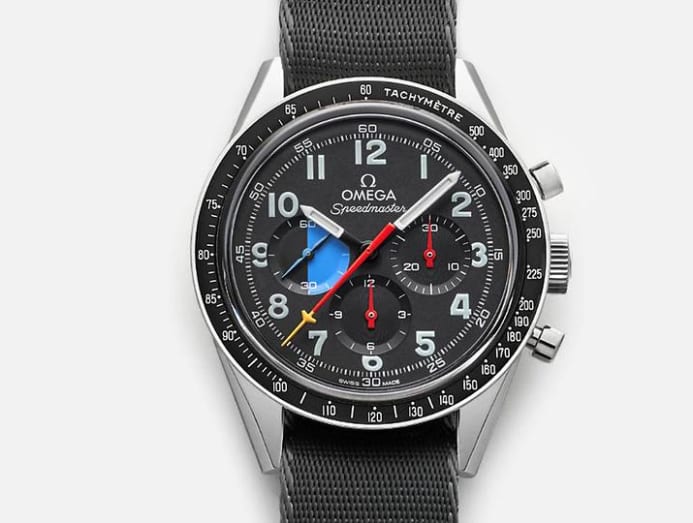
And so there's Instagram, which is a whole dissimilar beast altogether when information technology comes to watches. If you follow the right accounts (@pbandwatches, @atommoore, @bexsonn etc), Instagram offers a fascinating glimpse into gimmicky watch culture and collecting habits, all at your fingertips. Information technology'southward like magic.
Some Instagram accounts are both a feast for your eyes and a bane on your banking company balance. @analogshift, for example, posts brilliant images of vintage finds and gives you lot the ability to and then read more and even buy the watches if you choose. And with more large brands taking Instagram seriously (check out what Patek Philippe is doing with its account @patekphilippe), this social media platform basically becomes one massive digital catalogue of watches.
Recent Searches
Trending Topics
Source: https://cnalifestyle.channelnewsasia.com/obsessions/fifty-years-after-the-quartz-revolution-a-new-era-is-upon-us-239526

Post a Comment for "Digital disruptions: Fifty years after the quartz revolution, a new era is upon us"